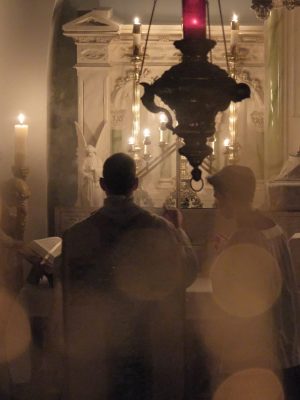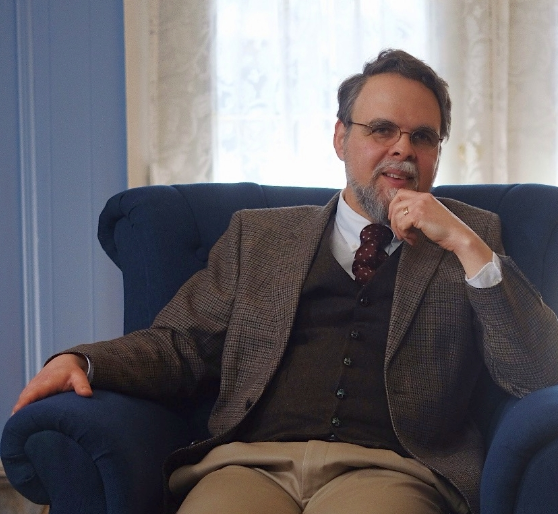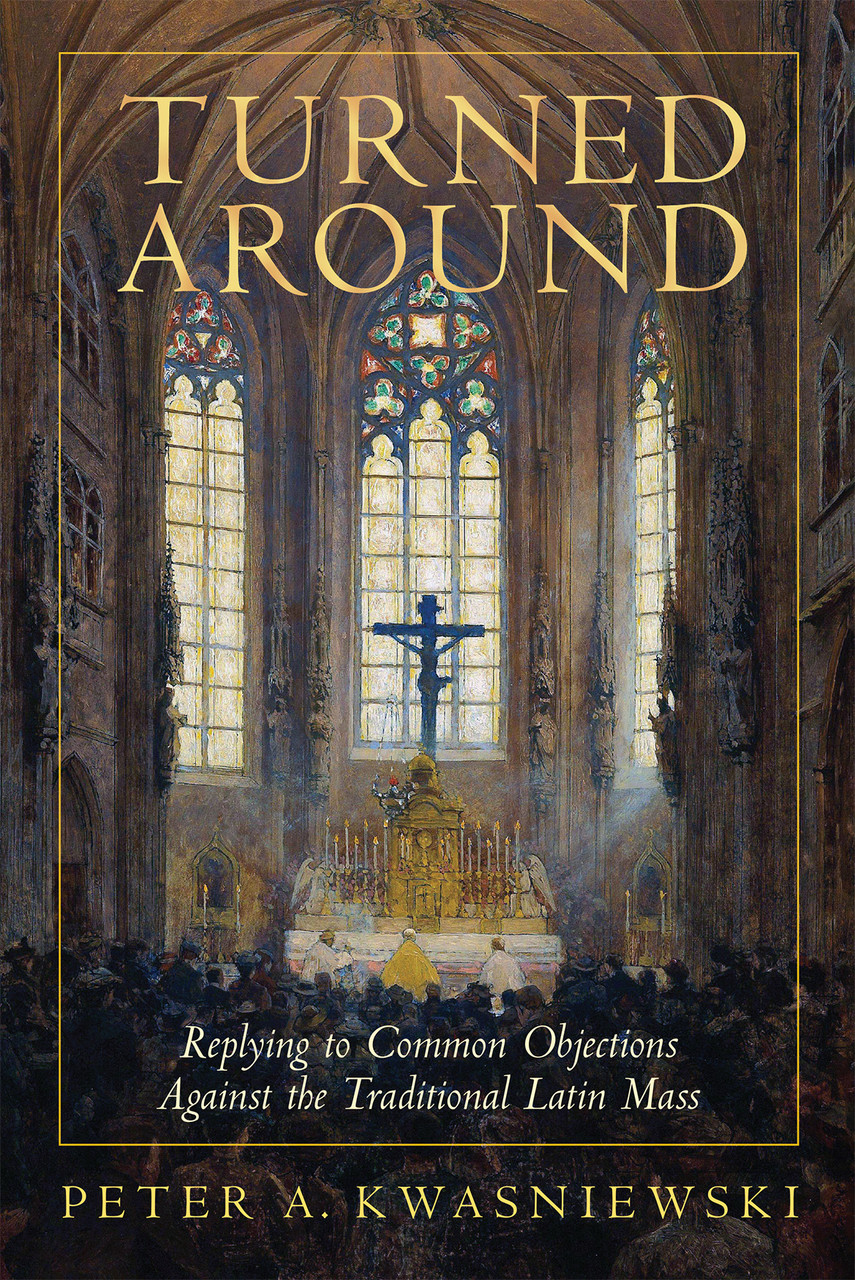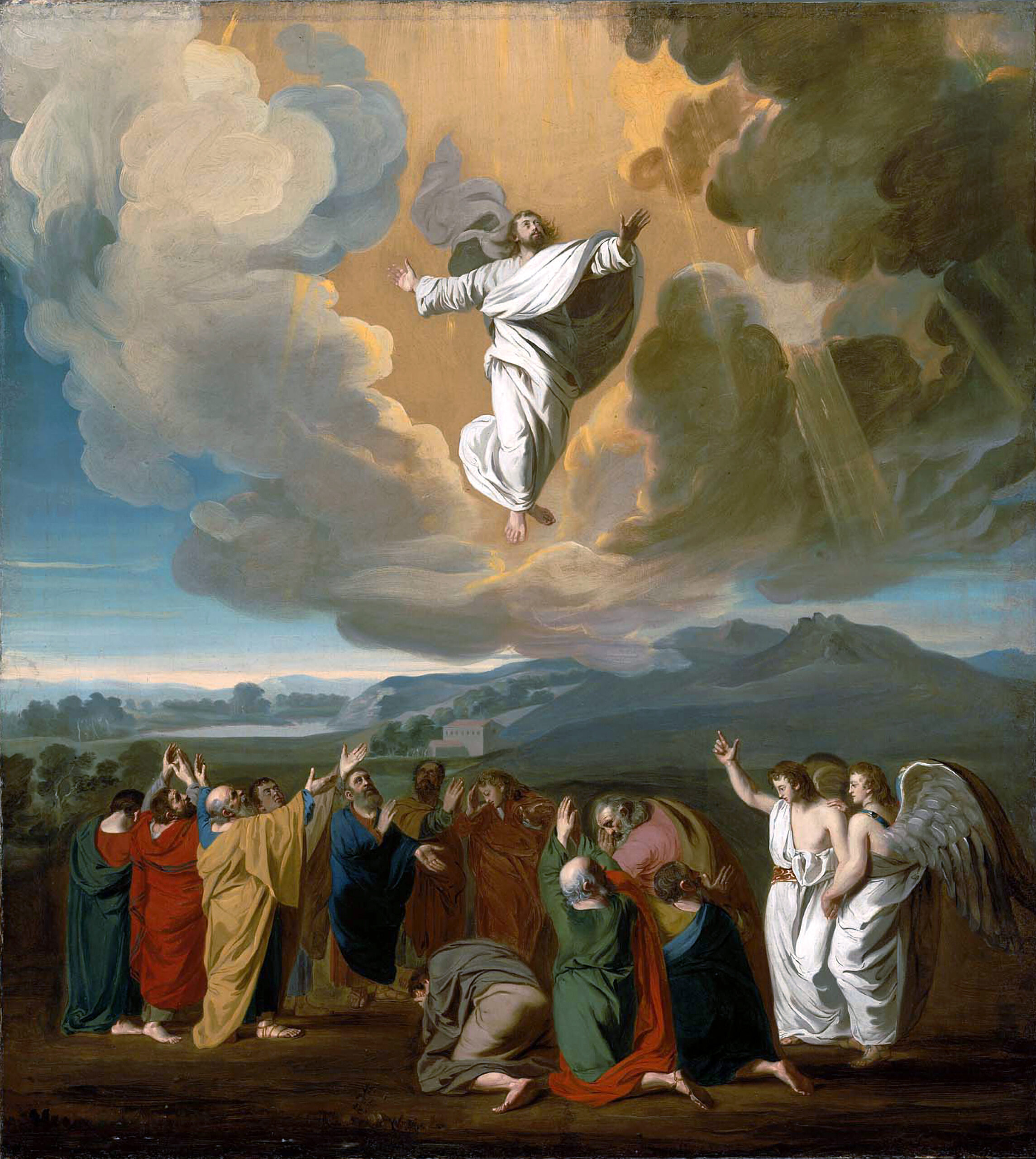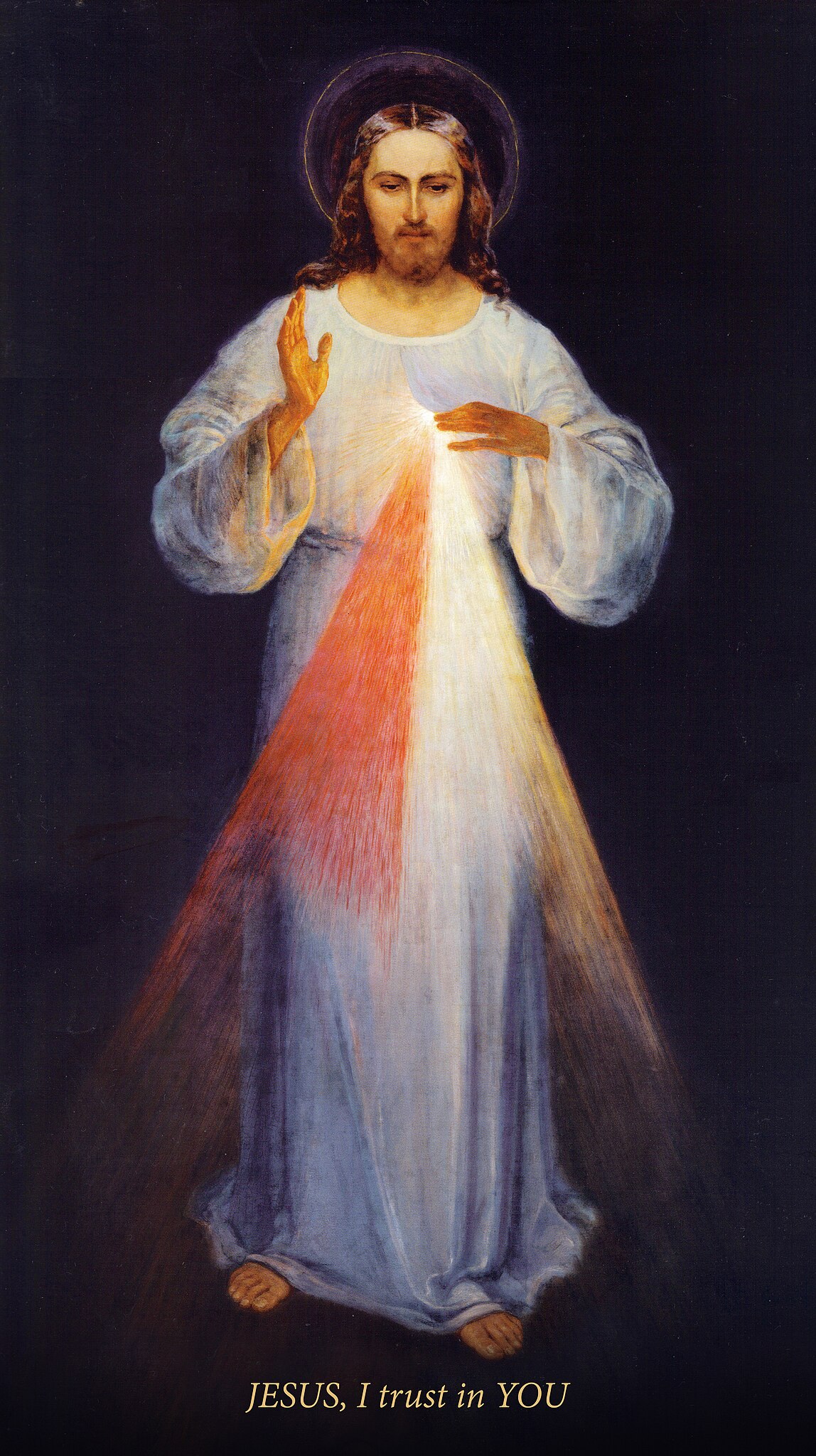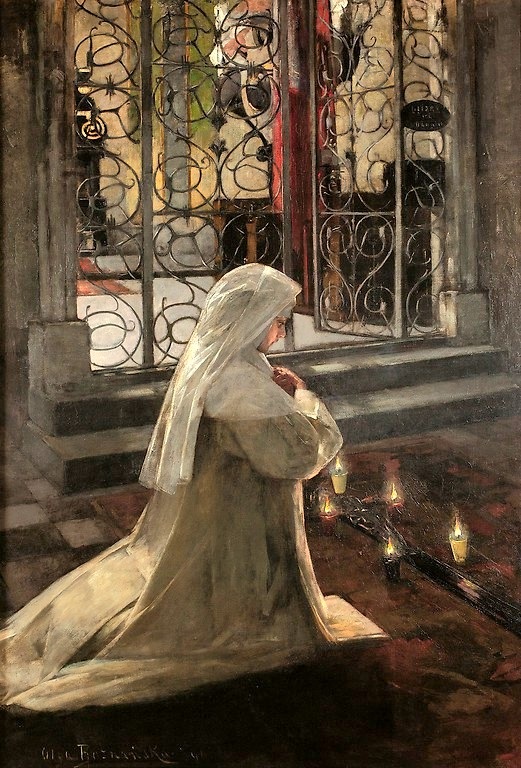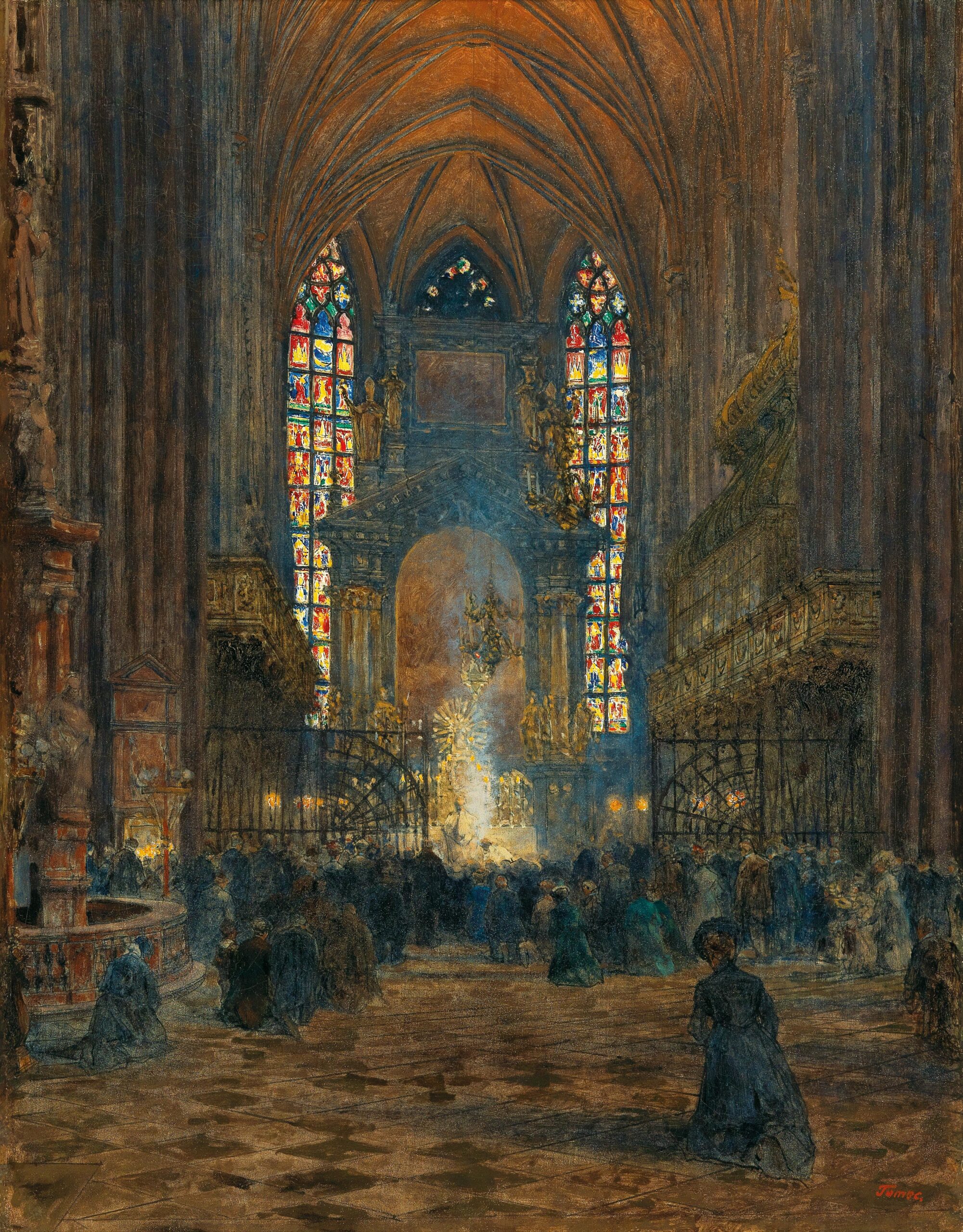Turned Around answers all the most common objections to the traditional Latin Mass. Read on for Dr. Kwasniewski’s explanation of the use of Latin and its many graces.
“The Mass is in a foreign language. I can’t follow it.”
The question of the language in which a Christian liturgy should be conducted is a question more complicated than most people realize at first glance. To the extent that we have been brainwashed by rationalism, we tend to assume that the only purpose of speaking, of using words at all, is to communicate ideas between people. Language has a utilitarian function; this is its only justification.
Of course, it is true that we use words to convey ideas and information. But language has loftier functions. Poetry, to take a prime example, pays attention to the beauty, sound, associations, and intricate inner meanings of language; it is meant as a testimony to and a revelation of something of the mystery of being. That is why it is often harder to grasp but more rewarding when understood, and why, at its best, poetry reaches toward the ineffable or inexpressible—a thought or vision or experience that cannot be captured in words. Or consider nursery rhymes, lullabies, and nonsense songs that we sing to little children to entertain them or to help them fall asleep. The communication of a definite meaning is not the point; it is about togetherness, comfort, reassurance, simple delight. Language here becomes more a vehicle of sentiment and feeling. Prayer, at least formal public prayer, shares some of these trans-communicative properties, particularly in the realm of so-called sacred languages that I will be exploring in this chapter.
Neither the inaudibility nor the use of Latin in practice creates a barrier of understanding between the worshipper and the liturgy, since members of the congregation can consult a hand missal, printout, or smartphone, to see exactly what is being said, translated into a wide variety of languages. What it does do is to mark off the liturgy as something special and distinct from ordinary life. When we enter into the Latin zone, so to speak, we are entering into a spiritual space. In this way Latin powerfully reinforces the atmosphere created by the architecture and fittings of a church building, the special vestments worn by the clergy, the distinct type of music appropriate to the Mass, and so on. . . . The Latin of the Mass was never, in truth, the language of the street, or of the public speaker. Not only is it often flowery and poetic, but it is strongly marked by the influence of Greek and Hebrew, and makes extensive use of repetition and deliberate archaism. It was always intended to be what it is: a distinct, holy language, to be used only in the liturgy.
There are so many people today who, in the grip of an unconscious rationalism, do not recognize how much is conveyed through non-verbal language, as well as through the emotional and supra-rational elements of language itself.
Language is never “merely” language; its cultural history, its traits and associations, the very sound of it falling on the ear—all of this is borne along with the language and often delivers as much impact as, or even a greater impact than, its conceptual content. The moment we hear “In nomine Patris, et Filii, et Spiritus Sancti, Amen. Introibo ad altare Dei,” we are placed in a different zone; it’s almost like when the angel takes up the prophet Habakuk by the hair of his head and carries him off to Babylon, except that it’s in the opposite direction: the worshiper is carried from Babylon to the Promised Land, from the valley of tears to the holy of holies.
What the reformers seemed to have forgotten is that there is a universal non-verbal “vernacular” accessible to all mankind: the language of symbols. Be they colors, actions, sounds, smells, or other religious signs, this vocabulary has an immediate (although at times perplexing) effect on the consciousness. It shows us reverence without talking about it; it shows us mourning or rejoicing without spelling it out in trite or laborious words. A black chasuble, unbleached candles, a catafalque, and the repeated refrain “Requiem aeternam” instantly tell us more about the meaning of a liturgy for the dead than a hundred books written on the subject. Liturgical Latin is “strange” in the sense that it is not something of the everyday, familiar, easy, at our level or at our disposal; it evokes the transcendence and majesty of God, the universality of His kingdom, the ageold depths of the Faith. Over time, we identify this set-apart language as a sign of honor, we experience it as a promoter of reverence, and we find in it an invitation to prayer.
ooo
This article is taken from a chapter in Turned Around by Peter Kwasniewski, PhD which is available from TAN Books.


